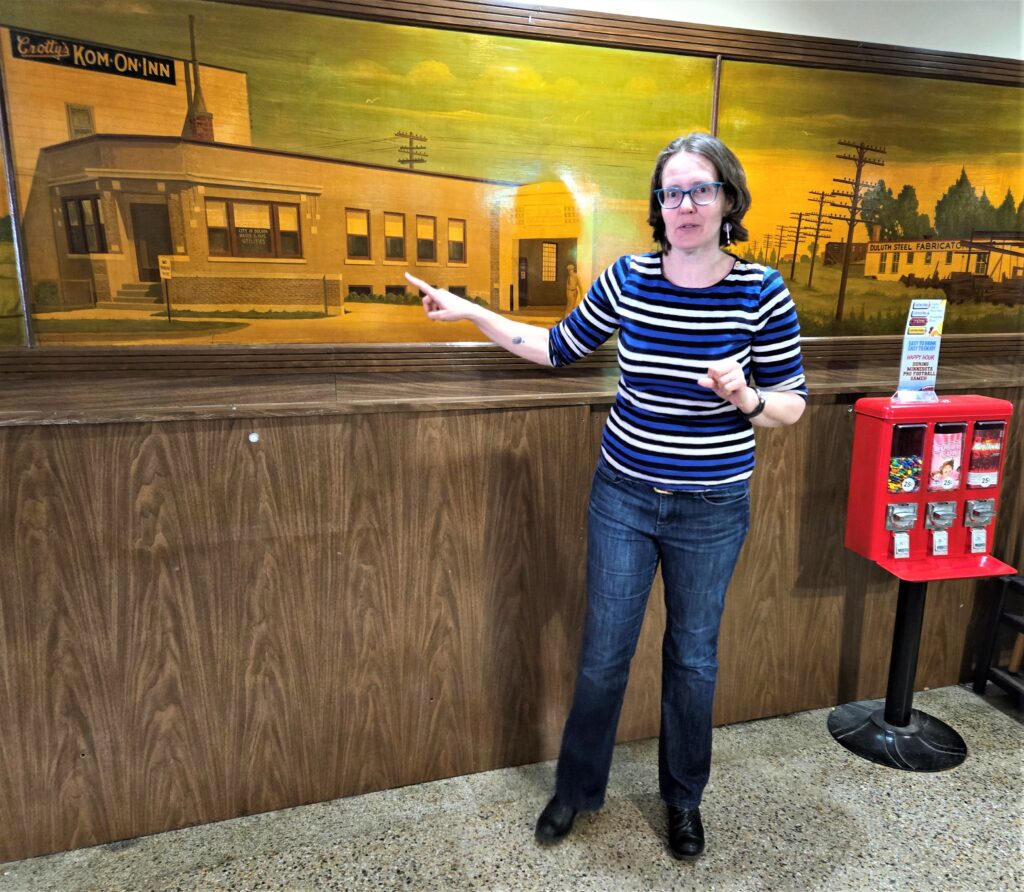Winter Weather Advisory issued March 21 at 8:53PM CDT until March 22 at 1:00PM CDT by NWS Green Bay WI
Current watches, warnings, and advisories for Brown County (WIC009) WI
Current watches, warnings, and advisories for Brown County (WIC009) WI
https://api.weather.gov/alerts/urn:oid:2.49.0.1.840.0.0b9d3191523424c7bf853d777bf5203037869702.001.1.cap


 “I went on my first raft trip with my husband, Dale, and some people from his law firm. We did the Stanislaus River, which no longer exists because it has been dammed. But we did this river and the four of us dumped out of the boat, I swam two rapids, and we camped at night. Shortly after that, we got involved with the river protection group, Friends of the River, mainly to try to stop the dam.”
“I went on my first raft trip with my husband, Dale, and some people from his law firm. We did the Stanislaus River, which no longer exists because it has been dammed. But we did this river and the four of us dumped out of the boat, I swam two rapids, and we camped at night. Shortly after that, we got involved with the river protection group, Friends of the River, mainly to try to stop the dam.” As she worked to sell bandanas and t-shirts, she came into contact with people who wrote river guide books. The small publishers asked her to help get books into the shops that sold her products.
As she worked to sell bandanas and t-shirts, she came into contact with people who wrote river guide books. The small publishers asked her to help get books into the shops that sold her products. Returning to Wisconsin
Returning to Wisconsin “That’s the other thing that brought me back to Wisconsin. The people here are passionate about their state. They have a love for Wisconsin and I do too.”
“That’s the other thing that brought me back to Wisconsin. The people here are passionate about their state. They have a love for Wisconsin and I do too.”










